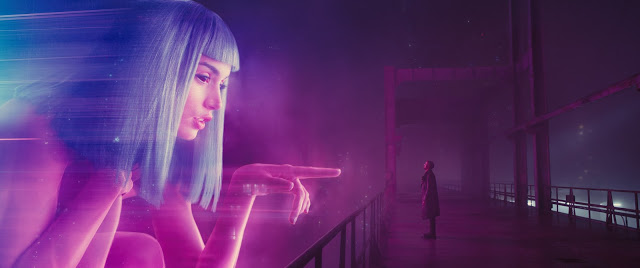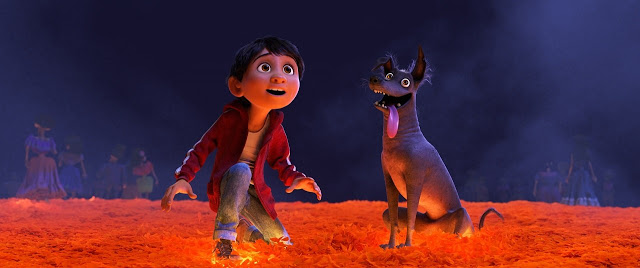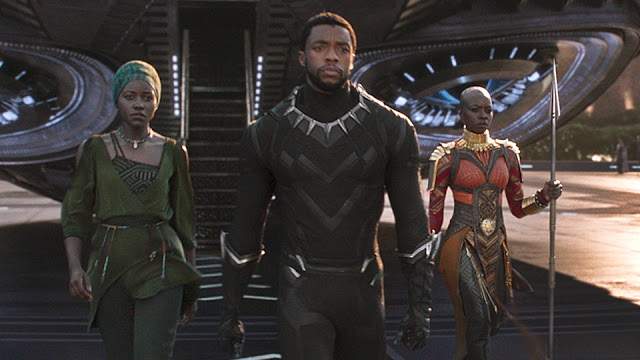Oscars 2017: Best Actor and Best Actress
So far in our Oscars analysis, we’ve looked at the technical categories (big and small), the screenplays, and the supporting acting races. Today, we’ll run through the two lead acting categories.
Before getting to the nominees, it’s worth noting that one of these two fields is dramatically deeper than the other this year, and it isn’t the one you’d traditionally expect. Thirteen years ago, in analyzing the acting races for the 2004 Oscars, A.O. Scott lamented that, while one could easily compile an alternative quintet to the five men vying for Best Actor, “no such alternative list present[ed] itself” in the Best Actress field. This disparity stemmed, of course, not from any sort of chromosomal difference in talent between male and female actors but from the regrettable lack of strong leading roles for women.
It would appear—and given that I’m talking about Hollywood, I say this with a measure of skepticism—that things have changed. This year, the Best Actress race is positively loaded, highlighting five exceptional performances while leaving out perhaps a dozen more that merited consideration. On the men’s side, there were still a number of impressive star turns, but it was surely less torturous for Academy members to cull their list to a final five.
Does this mean that Hollywood has solved its diversity problem? Yeah, um, not quite. The majority of big-budget movies still star and are marketed toward men, while the percentage of female directors working in the industry remains appallingly low. But if nothing else, this year’s Best Actress race proves (as if it were in doubt) that Hollywood is loaded with gifted women who can dazzle us when given the chance. With luck, soon more of them will receive the opportunity to display their talents behind the camera as well as in front of it.
On to the Oscars themselves. Let’s lead with the less impressive category: Read More





